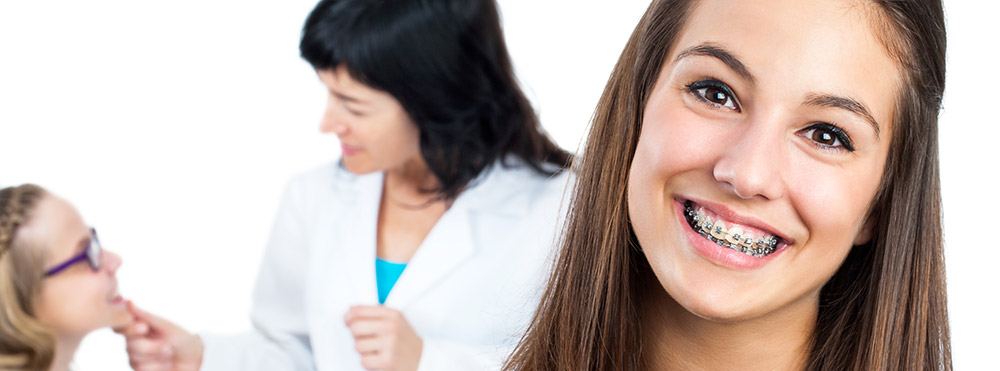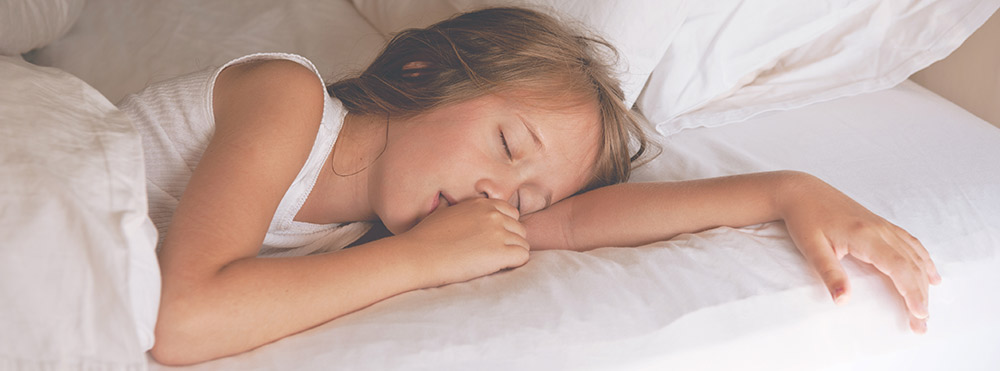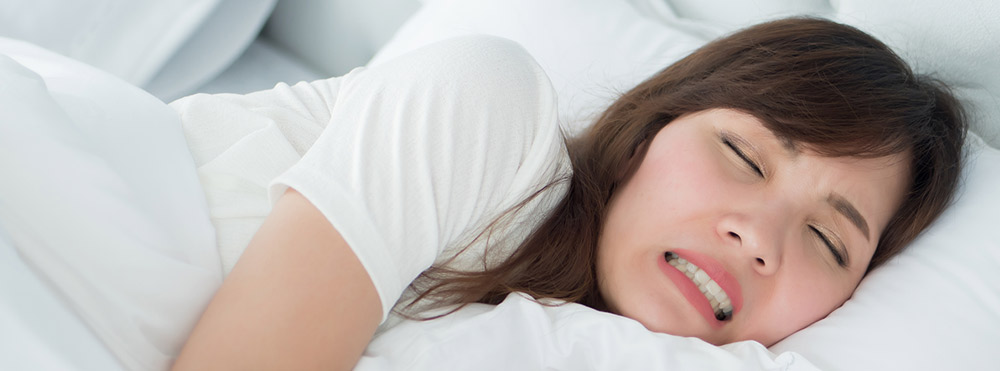
That precious face – there’s no more beautiful site in the entire world. From a baby’s gummy smile to a graduation picture beaming with pride, our children’s smiles always warm our hearts like nothing else. So we pay close attention when something seems “off” about their developing teeth. One question we hear again and again at our orthodontic offices in Buckhead, Sandy Springs, and College Park is, “Why does my child have white spots on her teeth?”
White spots on teeth are a common occurrence in childhood and are nothing to be alarmed about. White spots on a child’s teeth are not dangerous and generally aren’t a symptom of anything serious. There are five common cases of white spots on teeth:
1. Acidic diet
Consuming too many acidic foods, such as lemonade, citrus fruits, and sodas, can eat away at the tooth enamel and cause white spots on the teeth. A diet high in sugar can do the same, as sugar can cause acidic plaque that damages tooth enamel. If an acidic diet is to blame for white spots on your child’s teeth, your child may also notice an increase in sensitivity to hot and cold because the damaged enamel is no longer strong enough to protect the nerves of the teeth from these common irritants.
2. Fluorosis
Fluorosis is decay and discoloration of the teeth caused by developing teeth being exposed to too much fluoride. Most cases of fluorosis are brought on when a child swallows too much toothpaste while brushing or consumes too many fluoridated beverages. Always encourage your child to spit, not swallow, while brushing. Patients in our locations in Atlanta, Sandy Springs, College Park, and Buckhead almost always have fluoridated city water in their homes – and that’s OK! Drinking too much-fluoridated water is almost impossible to do. Fear of fluorosis is no reason to switch to bottled water.
3. Enamel hypoplasia
Enamel hypoplasia is underdeveloped tooth enamel, which may manifest as white spots on the teeth. Enamel hypoplasia is caused by a number of factors, including premature birth, malnutrition, bacterial or viral infections, or trauma to a developing mouth. Enamel hypoplasia can also be genetic, with no other known cause.
4. Plaque buildup after braces
It can be difficult for your child to keep their teeth perfectly clean with braces in the way. For that reason, plaque can build up around the brackets and cause white spots that are only usually appear once the braces come off. These white spots of plaque buildup can be removed by your dentist.
5. Enamel dehydration
If you notice white spots on your child’s teeth that go away a few hours after waking, he or she may sleep with an open mouth. The front teeth of open-mouth sleepers dry out overnight, causing temporary white spots on the enamel that fade away once hydration from saliva is restored. You may notice this particularly when your child has a stuffy nose, which forces them to sleep with their mouth open.
Treatments for white spots on teeth
White spots on teeth are normally nothing to worry about. But if your child is self-conscious about their smile, there are several treatments for white spots.
Microabrasion – Microabrasion removes a thin layer of the tooth’s enamel to reduce the appearance of white spots.
Tooth whitening or bleaching – Whitening or bleaching the surface of the teeth can help mask the white spots by brightening the appearance of the teeth as a whole.
Fluoride treatments – If enamel hypoplasia is to blame for the white spots on your child’s teeth, fluoride treatments may be used to help strengthen the tooth enamel and get rid of the spots.
Composite resin – The same composite resin that dentists use to fill cavities can also be used to repair white spots on teeth. The section of the tooth that is discolored will be removed with a dental drill, and then a tooth-matching resin will be applied to the tooth.
Dental veneers – Dental veneers are tiny tooth “jackets” that slip over the surface of the tooth and mask any imperfections such as white spots. The most costly of the white spot treatments, veneers are often not recommended for pediatric patients.
Want to help your child have a great door-opening smile?
A great smile is a powerful asset. Help your child get the gorgeous smile they deserve by contacting Atlanta Orthodontic Specialists today. With locations all over Atlanta including College Park, Sandy Springs, Buckhead, and Howell Mill, we’re close by no matter where you are. Call today to schedule your appointment.







